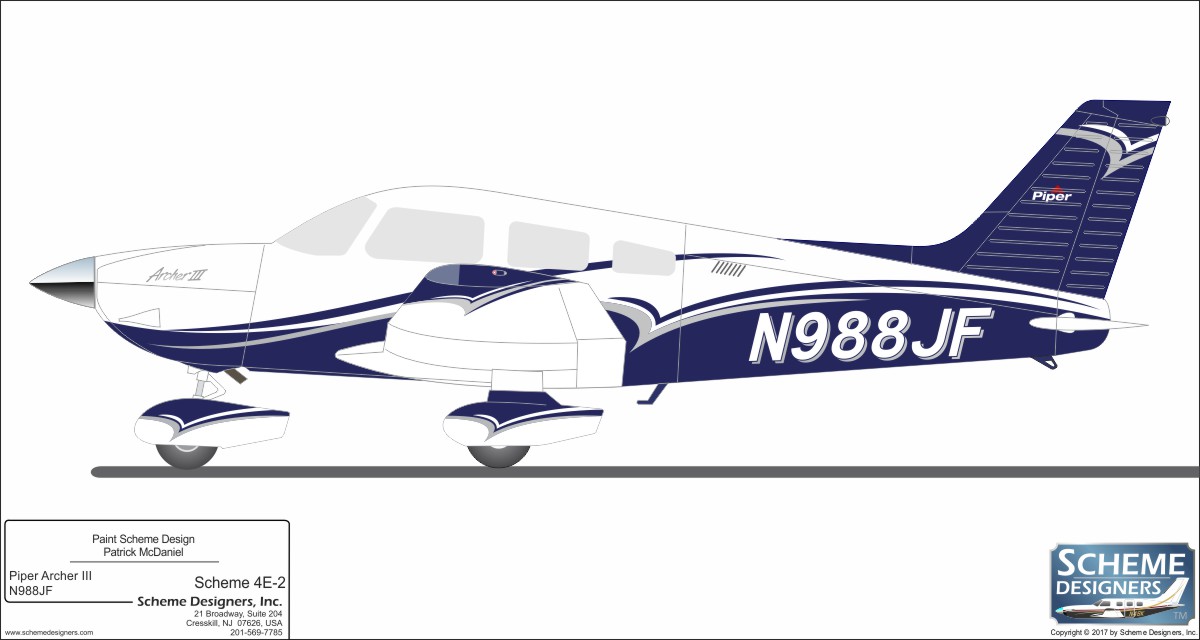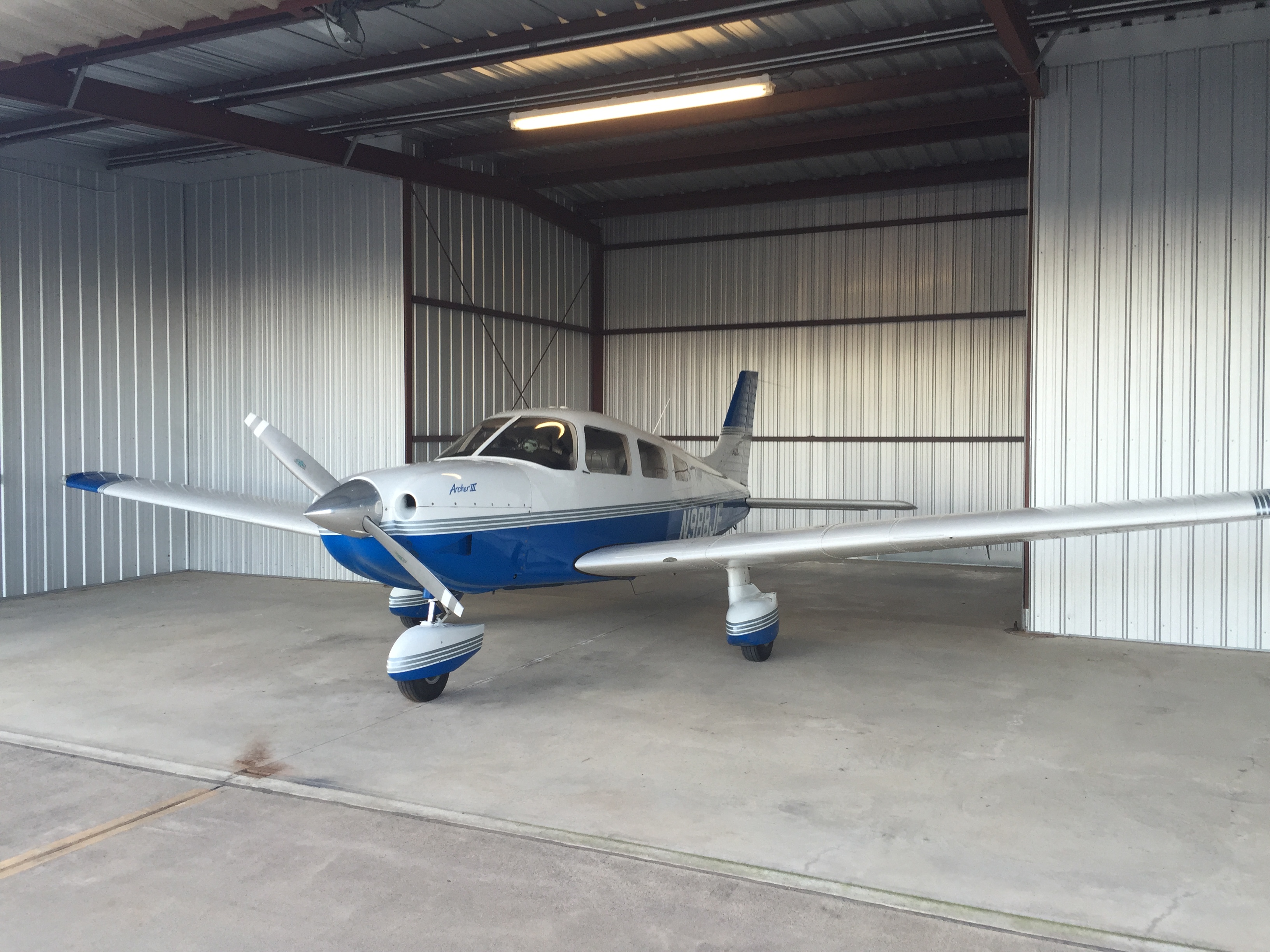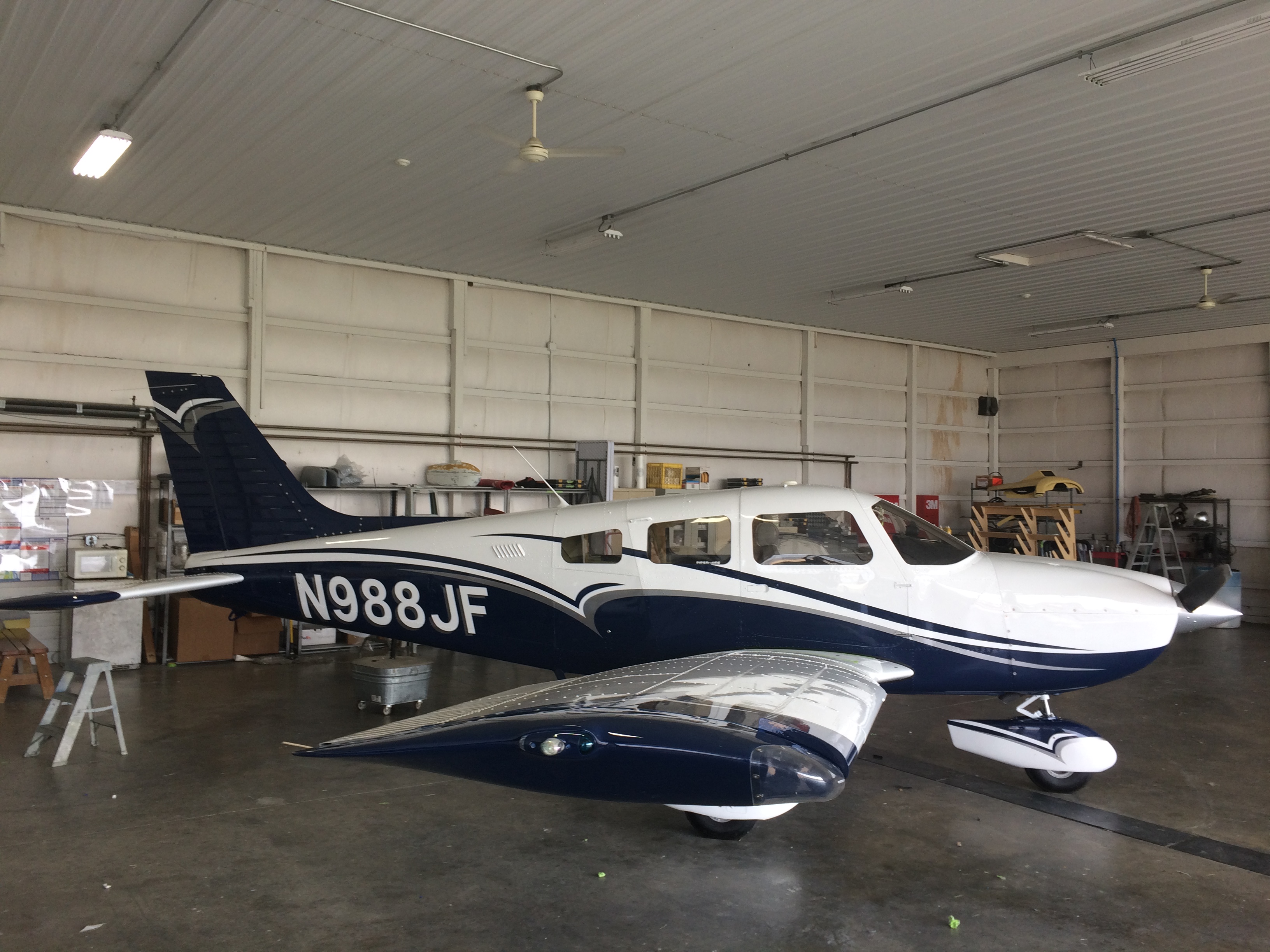One of my favorite hobbies is aviation. Below are a set of links, stories, pictures, videos and whatever miscellanea I find interesting enough to post. For the most part I am using this page to share with folks my passion for flying. Obviously, this is an informal page so please don't take any information contained or connected to this page as a legal statement of policy or professional advice, but consult the appropriate authorities on any issue of flying.
Aviation Information and Resources
One of the most important things you will learn when starting to fly is that it is as much about collecting and analyzing information as it is about physically flying the airplane. As my friend and CFI (certified flight instruction) once told me, "the people who get into trouble in aviation are the ones who made a bad decision on the ground". Making yourself aware of the weather, airport conditions, and state of your aircraft is absolutely crucial to being a good pilot. Below are some of the key sources of information I use with notes on what they are used for an why.
| Foreflight | Foreflight is an application that runs on an iPad or iPhone that is simply essential for most pilots. I see everyone from beginner to commercial airline pilots who use Foreflight for situational awareness and flight planning. It integrates with some kinds of ADS-B devices (such as the portable Stratus), which can give you like weather and traffic updates in the cockpit. A bit pricey at $150/year but absolutely worth it. |
| SkyVector | SkyVector is a website that provides live updates of the weather and other relevant information for flight planning. The free service allows you to play with lots of different flight plans, check fuel prices, see local, regional, and national weather patterns, as well as information about airports conditions and lots of other detailed information about all aspects of flying. |
| AWC | This is an exceptionally comprehensive government website with information about weather. You can find live information about clouds, weather, forecasts, observations and just about anything else you could possibly want to know abou the weather that may effect your flights. This is great for planning. I find the 48-hour predictions to be very helpful in planning flights a few days out. |
| Flight Service | This is a traditional website, but a way to get a flight briefing directly from the FAA (kinda, people contracted by the FAA). It is good practice for any flight to get this information as they will have a comprehensive view of the airports and route, as well as be able to see things like PREPS (pilot reports) along the route. |
| AOPA | The Aircraft Owners and Pilots Association is a non-profit organization that provides resources for pilots and advocacy to government and regulatory agencies. They also provide legal help, insurance, and numerous other services. Basically AOPA exists to help pilots and aircraft owners navigate the world of aviation--and at least for me, is invaluable resource for help on any number of topics. I typically only use AOPA for non-flight related uses, but they do provide excellent information on topics such as airports. |
| Zululog | This webpage is a backup for your logbooks, and allows you to enter all of your flight information for tracking. If you don't know the logbook is a record of every flight that a pilot is flying the aircraft. The logbook is used to track a pilot's currency and progress toward the next class of license. If you loose your logbook, you are really in big trouble. I think all pilots should take advantage of this or similar backup service. There are both a paid and free service which provide different features, depending on your needs. |
| ADSB Exchange | This website allows you to track flights in real time thoughout airspace. It uses crowdsourced data collects radio signals transmitted from aircraft, providing real-time insights into the skies above. The richness of ADS-B Exchange’s data is made possible by a global network of dedicated participants. These individuals host signal receivers in their local areas, capturing the radio waves emanating from nearby aircraft. This localized data is then transmitted to ADS-B Exchange, where it is aggregated and displayed on an interactive global map, available for public consumption. |
| SavvyAviation | SaavyAviation is a service as well as a website. Principally, they provide tools and analysis for maintenance of your aircraft. They also provide things like emergency service when you breakdown away from your home airport. Some of the tools and information on the website is free, but others cost a yearly subscription. They are truely invaluable for maintaining the aircraft and keeping the costs down. |
The hundred dollar hamburger: One of the fun things we pilots do is called the hundred dollar burger. This is a flight where you go somewhere with either a restaurant on the field (there are surprisingly good restaurants at local airports) or have crew cars (cars that airports hand out for free to people flying in). You fly to some remote airport, grab a meal, and then fly home. It is called the hundred dollar burger because you often spent considerably more on the fuel than you do on the meal. I love to do this myself and have flown many flights with Megan all over the midwest. For Wisconsin, there are a couple of websites that list Wisconsin airport restaurants and crew cars available at Wisconsin general aviation airports.
Personal History
I am a licensed pilot who has been flying since December of 2012. Because of my busy schedule and historically cloudy/terrible weather in the mountains of central Pennsylvania, it took me about 2.5 years to get my license, which I received on June 17, 2015. I am currently working on my IFR classification.
N988JF
My aircraft is a 1999 Piper Archer III whose tail number if N988JF. When spoken, we refer to the tail number using the NATO phonetic alphabet, (a.k.a. International Radiotelephony Spelling Alphabet). Thus, we would refer to this aircraft as "November-Nine-Eight-Eight-Juliet-Foxtrot", or sometimes if the context is clear simply, "Eight-Juliet-Fox". For fun, here is a short movie of me taking off from a local rural airport in Reedsville, PA (KRVL):
Updating/Upgrading Eight-Juliet-Fox
In the summer of 2017 I had N988JF completely redone including a new custom leather interior and a repainting job. The repainting was made from a custom paint design that I worked with a company to make (Scheme Designers), which I highly recommend. I also added a few new avionics and other upgrades. Here is (one part of many) of the design as completed:

Here is a before and after:


In the Fall of 2021 I completely replaced the "panel" (the instrument panel containing the gauges used to fly the airplane). For many generations of aviation people have been using what are called steam gauges--typically round instruments that indicate altitude, direction, airspeed, and many other things needed to track the movement and performance of the airplane. The instruments use magnetic compasses, gyroscopes, pitot tubes and a huge number of other physics based instruments to track and indicate flight conditions (many dating back to the second world war and before). They work great and are fantastic for flying. Here is a look at the traditional instruments from 8JF prior to the upgrade:

Over the last several decades there has been a movement toward more electronic aviation components. Over time each of the physics based instrument has been replaced with a computerized version. For example, a modern commercial jet is pretty much all computerized, with few or no old style physics based components. Termed an "electronic flight instrument system", flying now uses complex sensors, GPS, and radio communications to perform all of the flying duties. This a huge win as the components fail at a much lower rate and have more redundancies. As they are very pricey, GA (general aviation) folks have tended to replace a select few in their airplanes.
I however decided to go all in and replace the entire panel with electronic versions for true modern electronic flight instrument system with a new Garmin GTN 650xi (radio/GPS/navigation), Garmin G3X Touch (10.6" primary flight display and 7" multifunction display), Garmin GFC 500 Digital Autopilot, and G5 Electronic Flight Instrument (for backup of other components fail). This provides me the full range of aviation information, in-flight weather, dual radio communication, radio navigation, terrain and traffic awareness, charts, emergency information, alarms, etc. It truly is my dream setup, and I could not be happier. Here is a picture post-upgrade:
